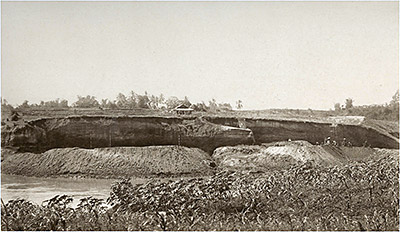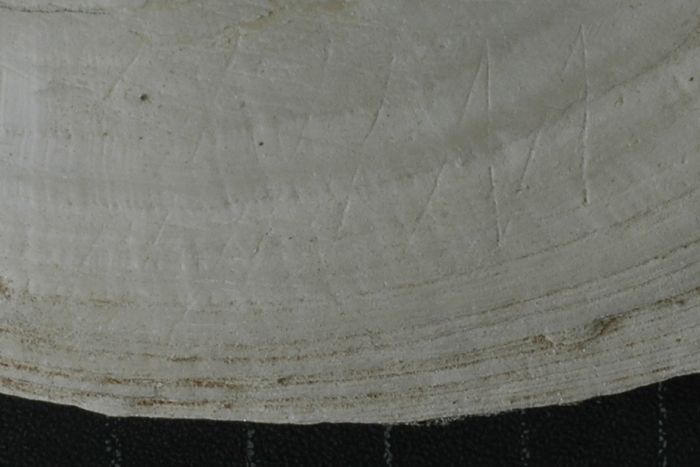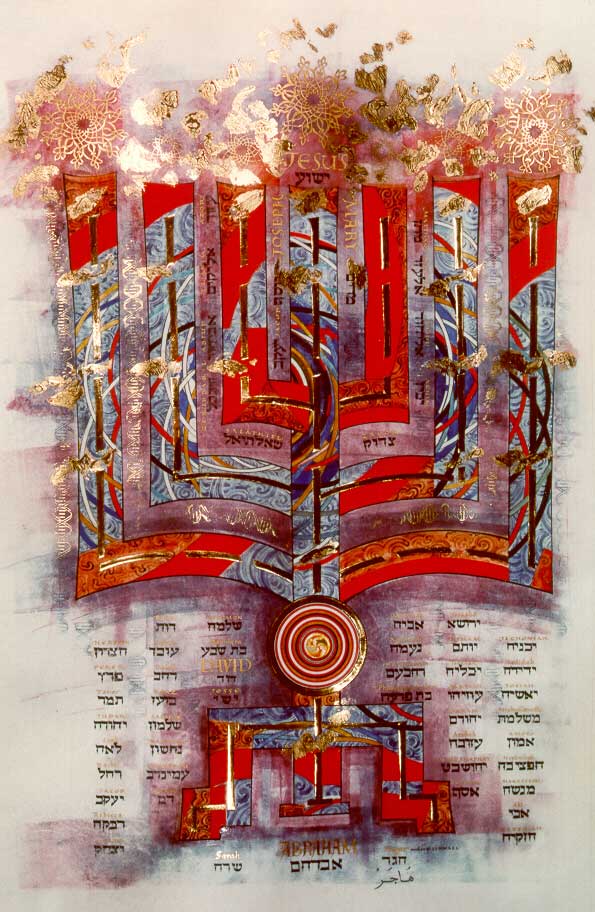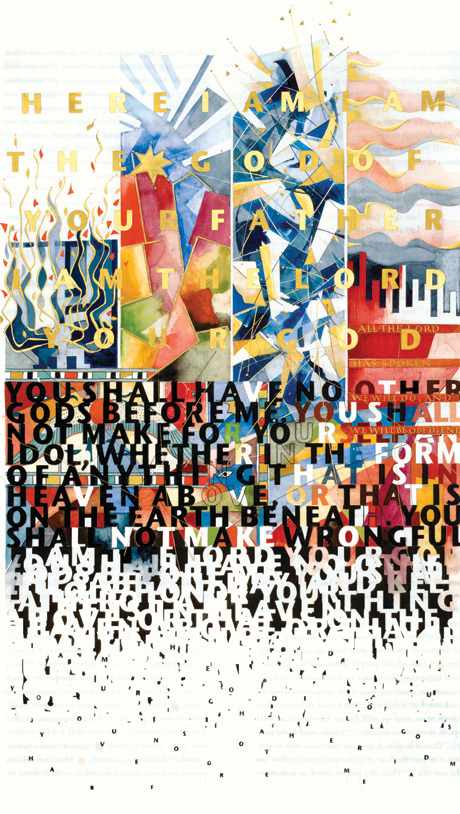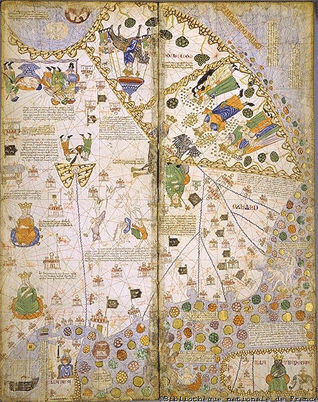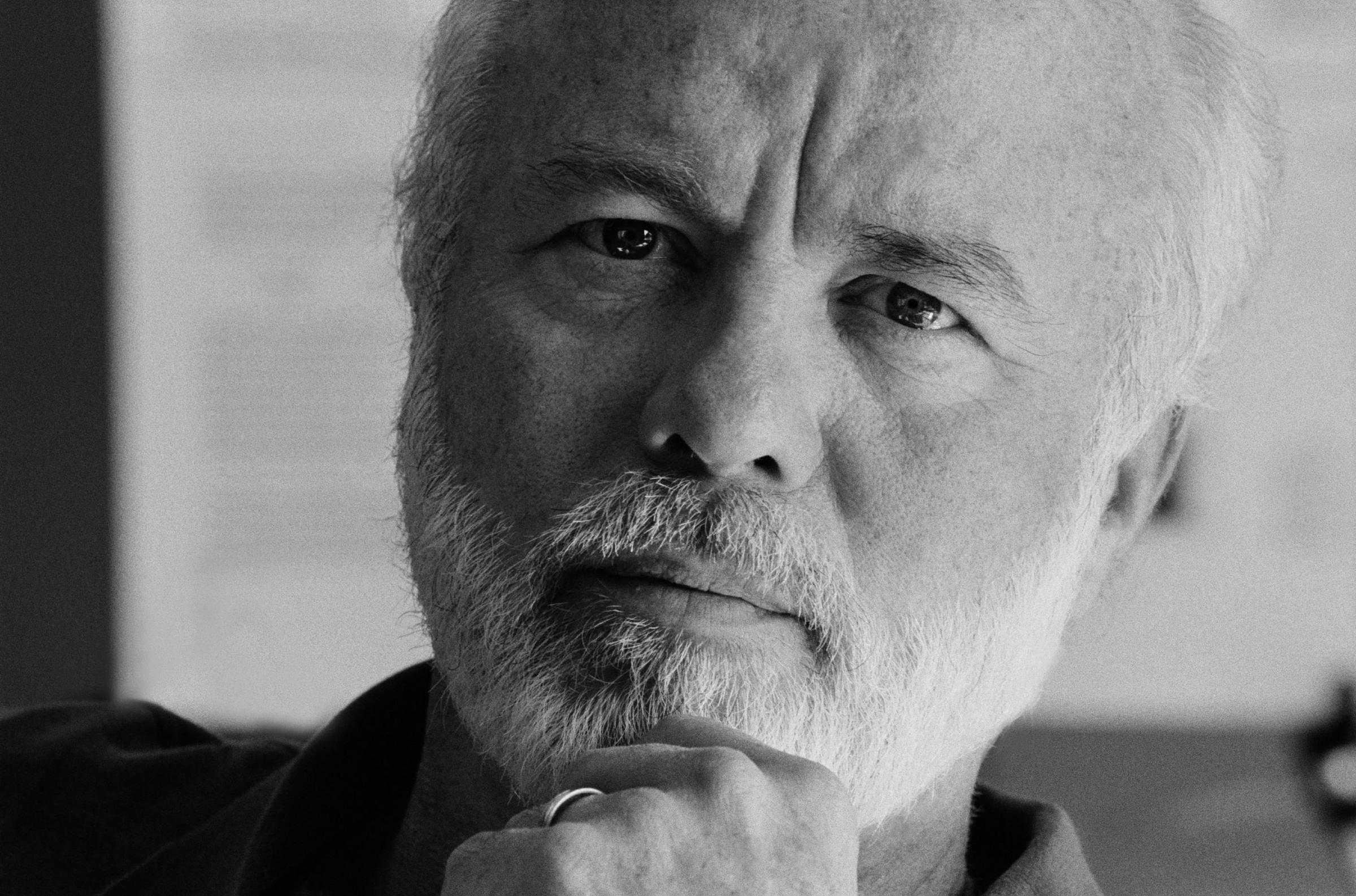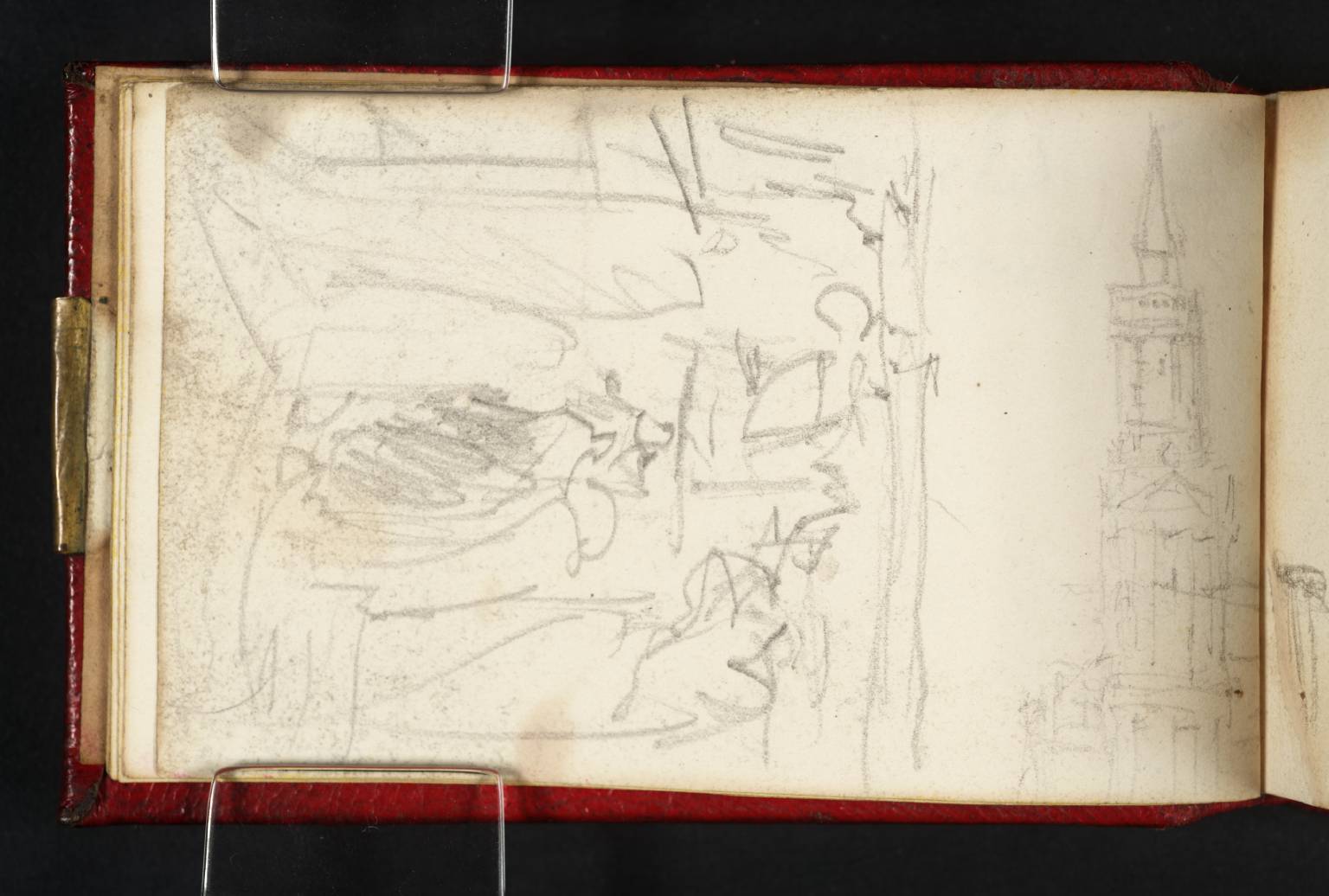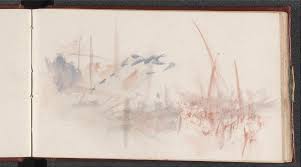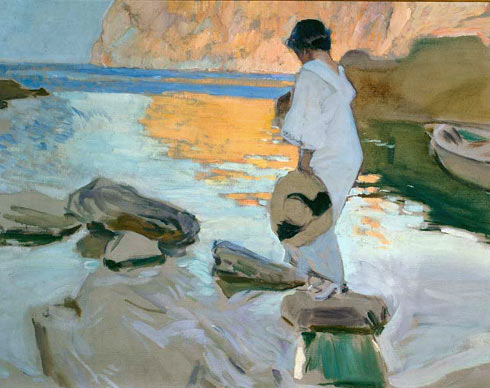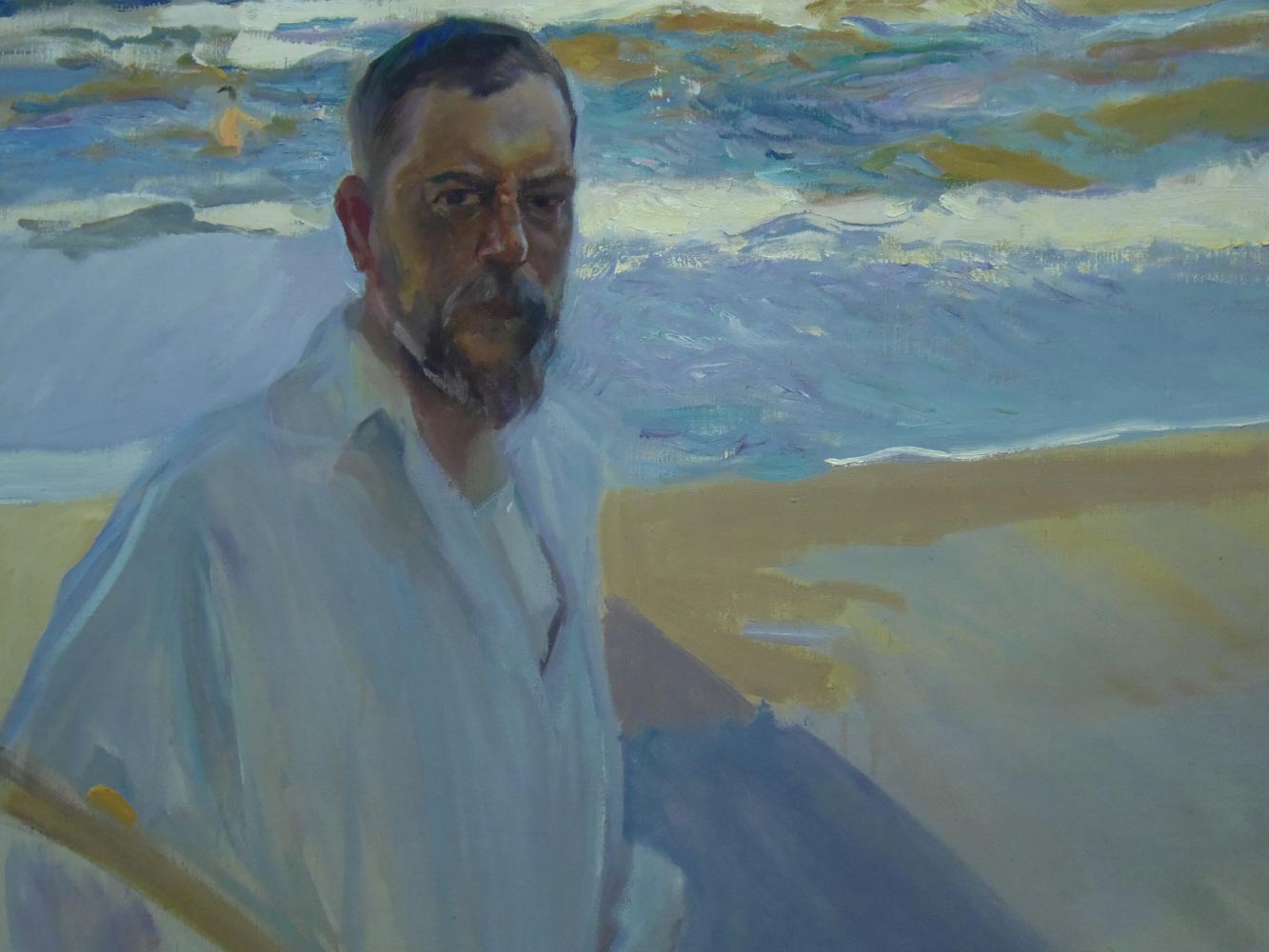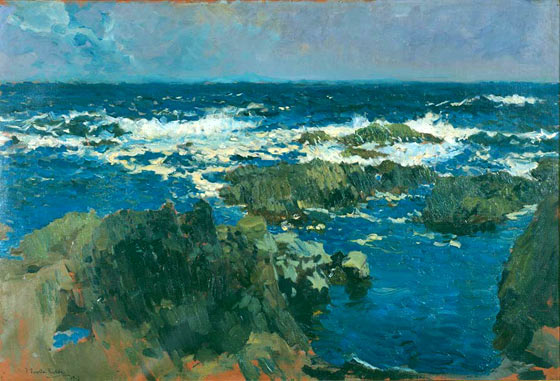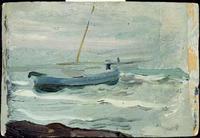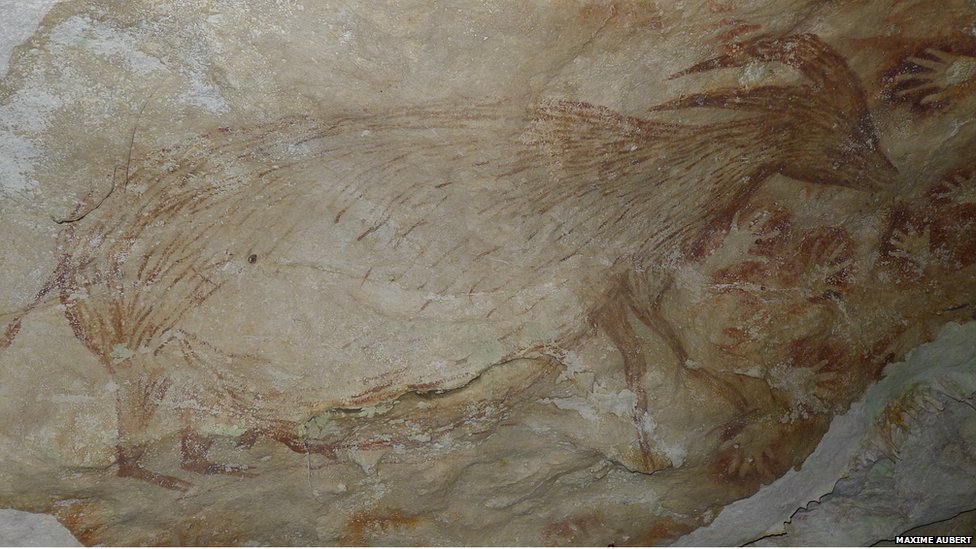Everyone uses the word. Everyone feels that intuitively, they know what "creativity" means. Everyone also knows that it is a highly desirable quality to possess. Yet the definition of creativity is not so easy. The Oxford English Dictionary succinctly puts it as "The use of imagination or original ideas to create something; inventiveness." Wikipedia gets broader in concepts: "' the production of novel, useful products' (Mumford, 2003, p. 110). Creativity can also be defined 'as the process of producing something that is both original and worthwhile' or 'characterized by originality and expressiveness and imaginative'." The article goes on to add that there are countless other versions of definitions.
Of course, in the art arena, creativity is deemed indispensable if the artist is in any way to be successful. Yet, as we all know, there are so many versions of artistic expression that most are considered creative only by a few viewers. Only the truly exceptional are heralded by most people, and until very recently, the culture of each country also played a part in the degree of appreciation of the work created.
What set me off thinking about the concept of creativity was a wonderful expression I read in a marvellous new book, "The Churchill Factor" by Boris Johnson (Mayor of London Boris Johnson). Discussing Winston Churchill's amazing abilities, particularly in the World War II period, Johnson says, "he (Churchill) also had the zigzag streak of lightning in the brain that makes for creativity."
It is so often just that aspect, the "zigzag streak of lightning in the brain", that allows for unorthodox approaches, solutions that come out of left field, images configured in a wholly novel way, vivid writing that none else has achieved.
In art, for instance, every generation has had truly creative people who have broken out of the mould and done things differently. The Renaissance was full of artists - think, Leonardo da Vinci, Michelangelo, Durer, Titian - developing linear perspective, depicting landscape in naturalistic fashion, executing portraits of people in realistic fashion, modelling with light and shade. Later generations perfected oil painting, shifted the focus of Western art to Mannerism - such as Tintoretto or El Greco. Then the Baroque artists flourished, like Caraveggio, Rubens or Rembrandt, and on the artists marched. Look at some samples of the different ways artists worked down the centuries.
